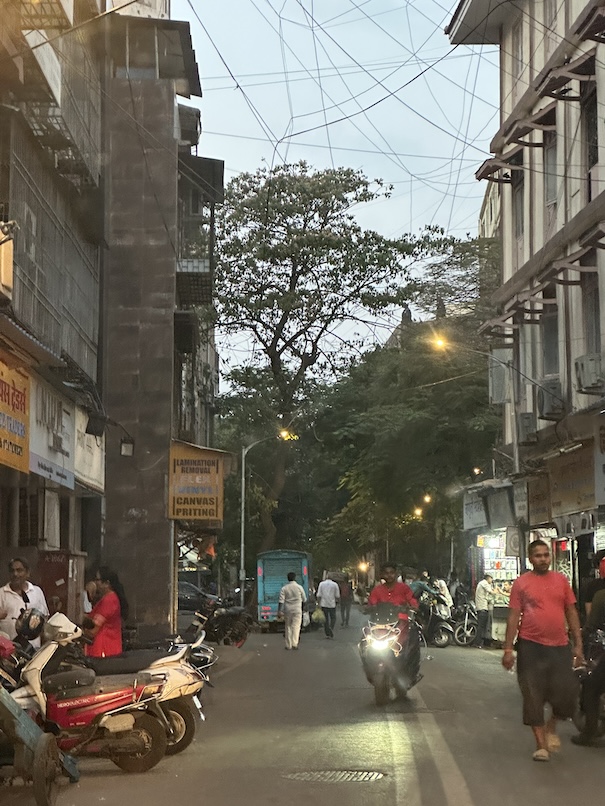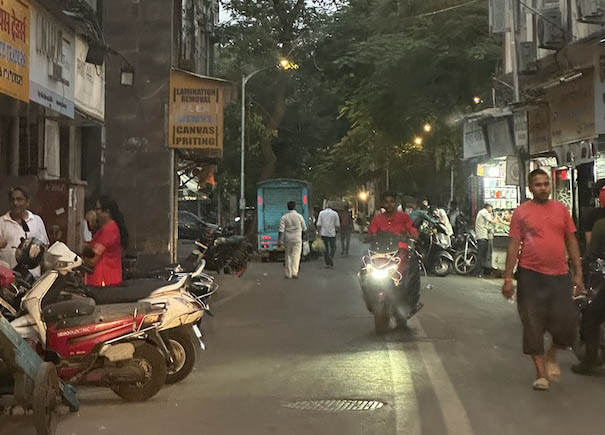Company Touch Tracker
This quarter our team engaged with 434 companies across the world, putting our trailing 12-month company touches at 1,609.
This past quarter, team members traveled domestically to Nevada, California, New York, Florida, Ohio, Texas, and Massachusetts. Internationally, team members traveled to Poland, Japan, Sweden, Brazil, and Australia.
India Recap
Mark Madsen, Portfolio Manager of the Global Contrarian and Global Reach strategies, and Ryan Bischoff, Research Analyst spent a week in India. Here are some of their thoughts on the trip:

We spent one week covering three cities and visiting 21 companies in India this quarter, visiting Mumbai, Chennai, and Delhi. Traveling to India is honestly one of the toughest things we do, but I think well worth the effort given the long-term potential of the country. What we are seeing right now is especially intriguing – It isn’t just a theoretical potential, but rather the country’s economic potential is actually being converted to GDP (Gross Domestic Product) growth in a pretty meaningful way.
Prime Minister Modi has been in office for nearly 10 years and appears to have everything moving in the right direction—infrastructure is being built, business is becoming more formalized, reforms are taking hold. There is a real belief that a rising tide of economic prosperity will improve everyone’s standard of living during the next 10 years. Modi’s success also means that he is highly likely to stay in power following the upcoming, month-long election this spring. Many believe this scenario may help to alleviate worries about investing for the future and that government policies or regulatory changes should be favorable over the long term. You could argue that a drunken sailor could have underwritten loans in the Indian housing market and done just fine over the last 7-8 years—the positive current has more than made up for any weak swimmers. The downside to all of this optimism is that the Indian stock market reflects all of these positives. It is possible the market may be overshooting current conditions or pulling forward some of the future good news.

The primary benchmark in India, the Nifty 50 Index, was up nearly 20 percent in 2023 and is now considered the fourth largest market in the world, valued at over $4 trillion. With over 5,000 listed companies, we’ve always had a long list of names to screen in India. Given the breadth of the opportunity in the country, we believe that every industry team could visit the country at least once a year just to stay on top of things. As a firm, we have nearly 1,000 touch points with around 700 companies since our inception.
For this trip, our meeting schedule included mostly Financial and Industrial names. Mumbai and Delhi are obvious points of critical mass and are the easiest access points for flights in/out of the country. The next tier of cities have enough companies to justify a day or two of visits, as there are eight other cities with populations greater than 5 million.

This is my fifth visit to India while working for Grandeur. Looking back over the development of the cities during that time, I honestly don’t think it felt any different driving around Mumbai. However, it felt like Delhi has had improvements to its infrastructure and the economic opportunities felt more robust. Gurugram was a completely different city compared to what I experienced from a trip in 2016. Back then, the main city felt like it was confined to a few giant offices built in the middle of vast vacant dirt lots. Now the whole city and the vacant dirt lots have been built out as a master-planned development, with modern outdoor malls, all still in the Indian style.
Despite the uber bull market going on right now, we returned home with a couple of actionable buy ideas and a couple of trims as well. Management teams were surprisingly defensive about the high valuations that stocks around the country garnering. Even with the stock market performance, India as a country is still very much a country of wide differences. The average Technology worker might be compensated 50x the income of what a laborer or small informal business owner might earn. As some sectors and subsectors of the Indian economy modernize, agriculture continues to shrink as a percentage of GDP, yet the majority of the population is still employed in agriculture. Many forces are in-play that have the potential to increase the size and economic strength of the middle class. We wouldn’t be surprised to see India’s growth rate accelerate even more over the next ten years. The challenge will be to find the high-quality, long-term growers and not overpay for that growth.
20240508-3537743
